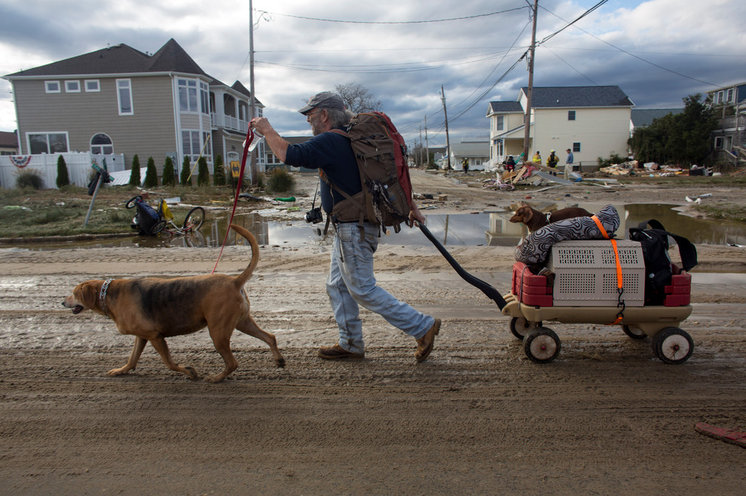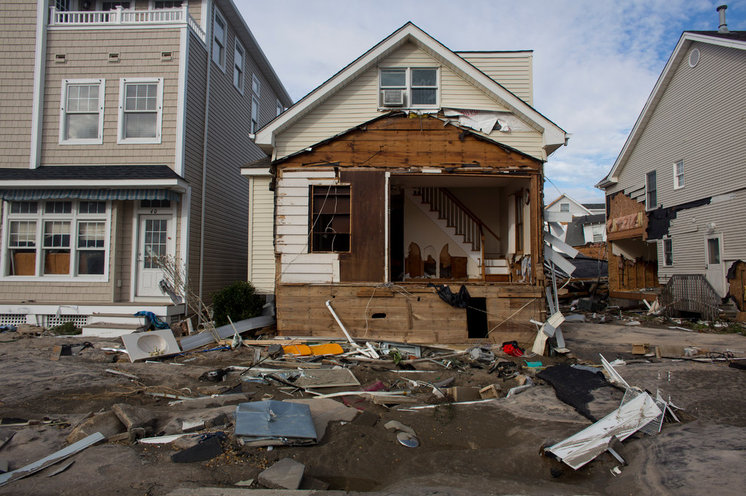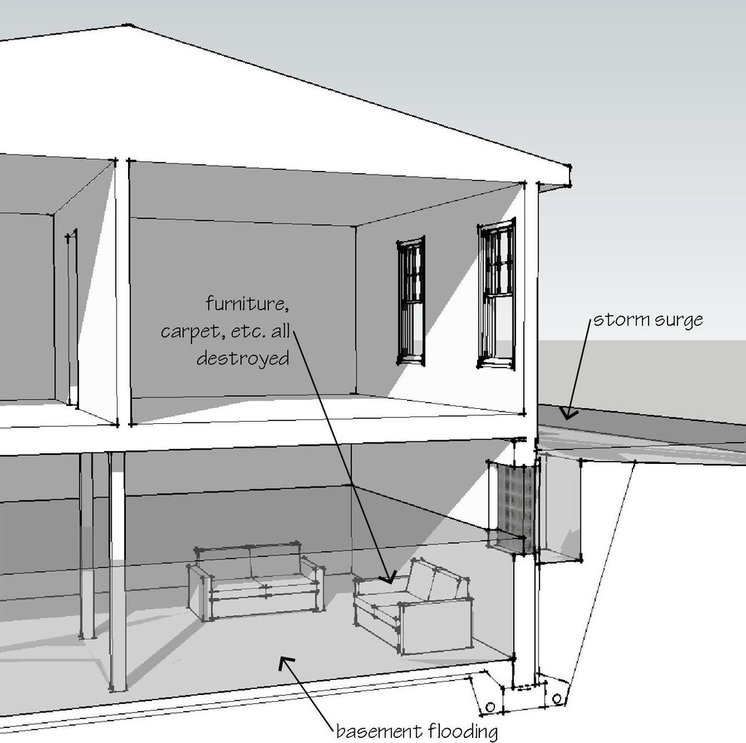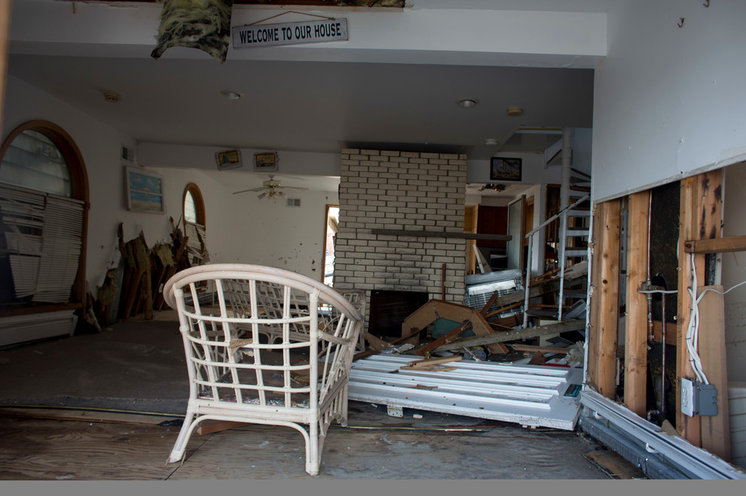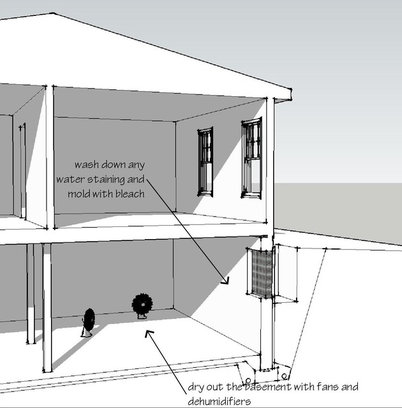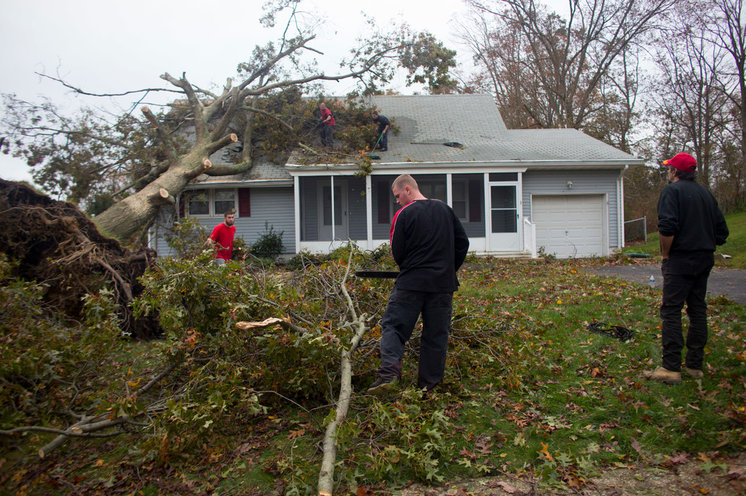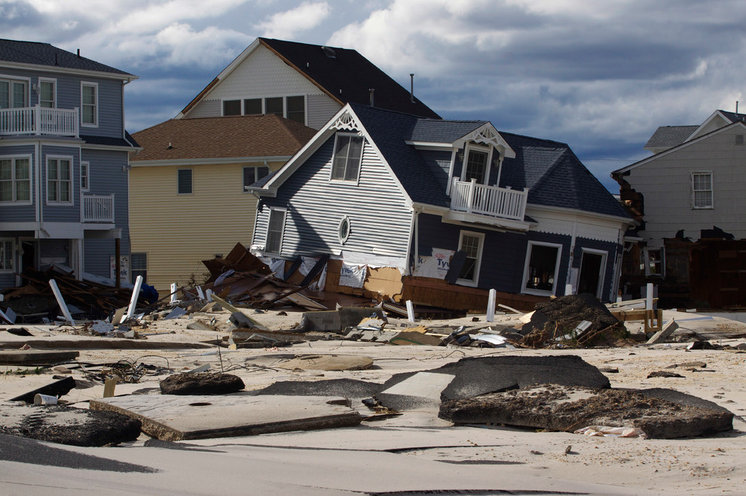What to Do After a Hurricane or Flood
In this story from the Houzz Disaster Recovery archive, you’ll see what to do when flood waters have left homes and communities damaged and soggy — and how to start to rebuild.
Related: 7 Ways to Help Someone Hit by a Hurricane
Know whom to contact and how. Contact your insurance company and stay in touch with local authorities. Before a storm ever hits, be sure you have hard copies of phone numbers for insurance agents, first responders, building officials, medical personnel and utility companies.
As you walk around, you'll be looking for both obvious and not-so-obvious signs of damage (waterlogged carpeting, furniture that's been tossed about). Things like cracks in basement floor slabs and foundation walls are signs of possible structural issues and should be addressed quickly.
Conduct the inspection with an expert. Your insurance provider will probably make an expert available to you, or you can certainly call in an architect or engineer that specializes evaluating properties after natural disasters. Have the expert look for damaged and wet drywall, wood, siding, roofing and so on. Document the damage. Pay particular attention to the structural components (foundation, concrete slabs, framing). Also carefully inspect for potential problems (places for future mold growth, roof damage, leaks).
Follow the disaster-recovery procedures your local authorities have established to avoid just moving the mess from inside your home to the street.
Once the basement is dry, test for air quality and any evidence of damp areas and possible mold spores. Use bleach or something similar to clean up any remaining areas of concern.
However you rebuild, remember that more than likely, we haven’t seen the last of hurricanes like Patricia.
